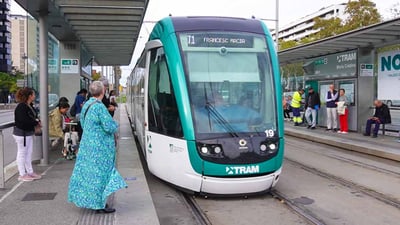Barcelona Revamps Use Of Parking Sensors In Downtown
The city of Barcelona has undergone a notable transformation in managing traffic flow, particularly in its most congested areas. The city has moved away from using sensors for regular traffic and parking management in downtown areas. Now, the focus is on spaces of significant value. This includes parking spots for tourist buses near major attractions like La Sagrada Familia, a renowned tourist magnet.
Additionally, sensors are deployed in areas outside the city center to support Barcelona’s “Low Emission Zone” initiative, an environmental policy aimed at reducing pollution. This strategic shift is part of a broader plan to optimize urban mobility and environmental health. Insights into this change come from companies like Urbiotica and Worldsensing.
Key figures we interviewed include Jesus Barrachina Lison, Sales Operation Manager at Worldsensing, and Mark Boher Genis, Chief Commercial Officer at Urbiotica. This topic is particularly relevant for urban planners, environmental policy makers, smart city technology enthusiasts, and those interested in sustainable city development. It offers valuable lessons on leveraging technology for urban improvement and environmental sustainability.
Published on 08/06/2020
TALQ's openAPI simplifies the integration of diverse smart street lighting solutions, allowing cities to use products from various manufacturers seamlessly with one Central Management Software.

Smart City & Utility Industry Weekly News Roundup
Don't miss out on the latest updates on groundbreaking projects, funding rounds, strategic investments, and mergers & acquisitions.
© Kurrant. All Rights Reserved.




